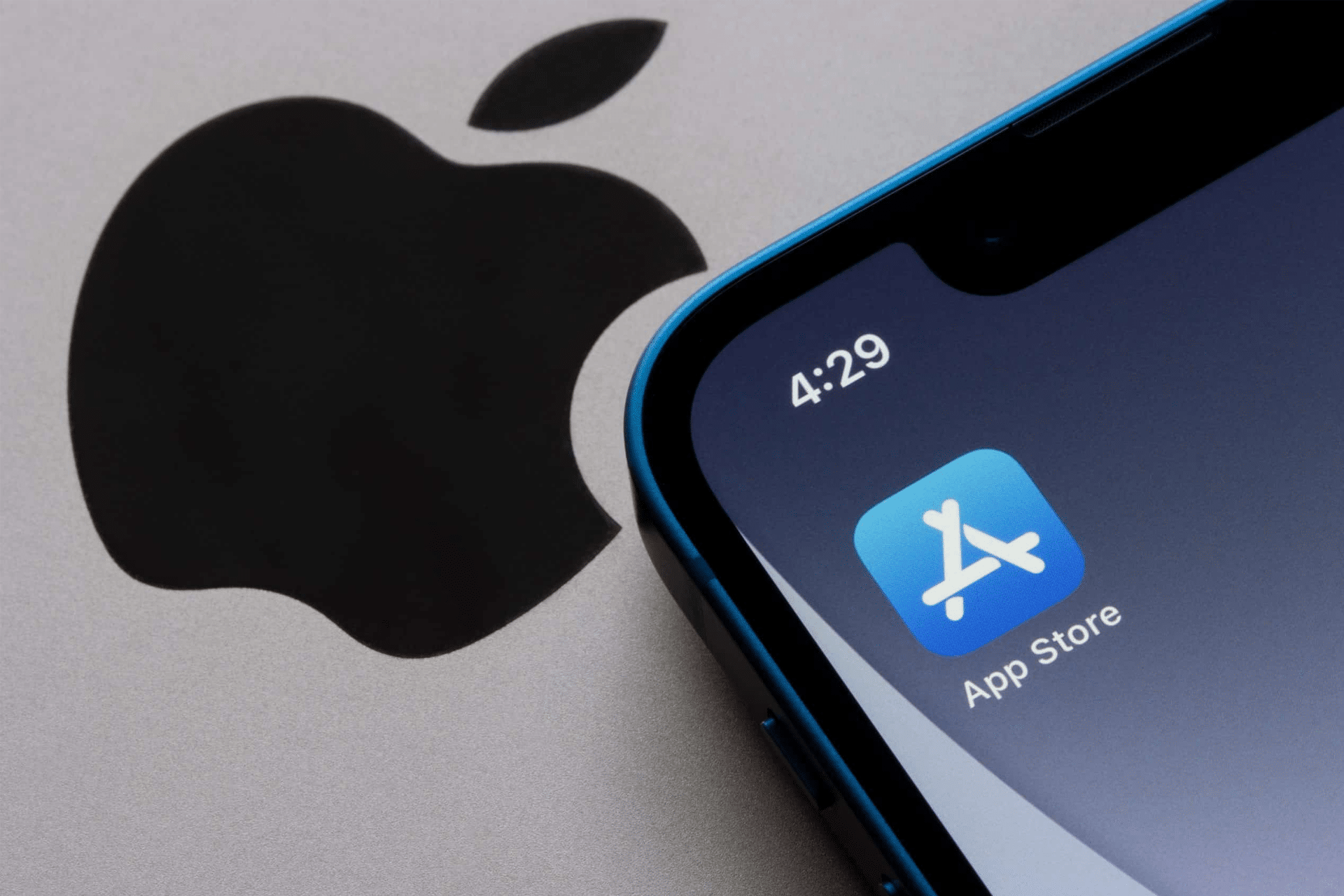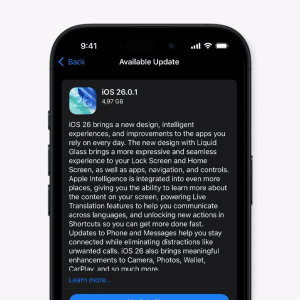The change stems from a 2021 ruling in the Epic Games vs. Apple lawsuit, which ordered Apple to end its anti-steering practices that prevented developers from linking to external payment options. After a failed appeal to pause the injunction, Apple now complies, allowing apps like Spotify and Amazon’s Kindle to include buttons or graphics directing users to their own sites for purchases. For instance, Spotify offers free trials directly through its app, and Kindle’s “Get book” button links to Amazon’s website, streamlining the buying process.
This shift could significantly impact developers’ bottom lines. Otter CEO Sam Liang told The Information, “We work so hard to build this product, giving value to customers, and then Apple takes away 30% of our subscriptions. It’s completely insane.” By sidestepping Apple’s cut, developers like Liang can retain more revenue, with some, like the yoga app Down Dog, already seeing success. Down Dog reports that 70% of its new subscribers previously paid via Apple, but that figure has dropped to 30% since implementing external payment options.
The Cost of a “Free Ride”
Critics, however, argue that developers want the benefits of Apple’s App Store—its massive user base, secure payment infrastructure, and global reach—without contributing to its upkeep. AppleInsider’s William Gallagher points out that developers don’t call Microsoft’s Xbox Store fees a “Microsoft tax” or Walmart’s retail margins a “retail tax.” The App Store, they argue, isn’t just a storefront; it handles payment processing, tax compliance across territories, and user trust, all of which come at a cost. Developers who bypass Apple’s system must now manage these complexities themselves, from credit card processing to regional tax laws.
AppleInsider warns that an open App Store could invite risks, such as scams or predatory practices. Epic Games, for example, has faced accusations of using “dark patterns” in Fortnite, with buttons designed to trick users into unintended purchases. Without Apple’s oversight, such practices could proliferate, potentially harming users. A single, scrutinized platform like Apple’s offers protections that a fragmented ecosystem might lack, especially for vulnerable users like children making in-app purchases.
User Behavior and Market Impact
Will users embrace external payments? A Morgan Stanley survey suggests most won’t unless offered steep discounts. Only 28% of U.S. iPhone owners are “extremely likely” to buy directly from a developer’s website at the same price as the App Store, with younger users and heavy app buyers more open to the switch. The yoga app Down Dog’s success with discounts shows potential, but Eric Seufert of Mobile Dev Memo predicts developers will pocket the extra profits rather than lower prices. Morgan Stanley estimates Apple could lose up to $3.7 billion quarterly—about 1.5% of its earnings per share—but a 5% price hike on other services could offset this.
Apple’s Response and Future Outlook
Apple has complied with the ruling but is appealing, arguing that its ecosystem’s value justifies its fees. The company’s failed attempt to impose a 27% commission on external payments led to sanctions in April 2025, with Judge Yvonne Gonzalez Rogers calling Apple’s actions deliberate. A class action lawsuit now seeks compensation for developers who could have earned more during the 15 months since the injunction began, highlighting ongoing tensions.
The changes could reshape the App Store’s $1.3 trillion ecosystem, which saw 787 million weekly downloads in 2023. While developers gain flexibility, they face new challenges in managing payments and user trust. For consumers, the promise of lower prices is uncertain, and the risk of scams looms. As WWDC 2025 nears, Apple may use the stage to showcase its App Store’s value to developers and users alike, balancing innovation with the need to maintain a secure, seamless platform.











